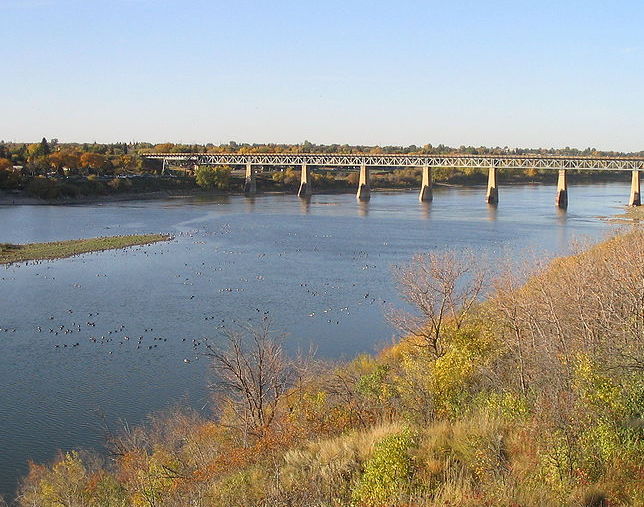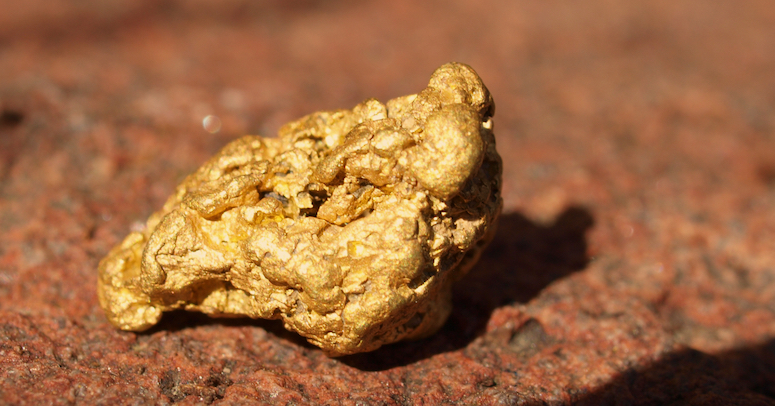
Although most of the gold that can be mined was found in lode mines, many of the rivers and streams of Saskatchewan have the potential to produce placer gold. Head north, because there is very limited gold in the southern part of the province, but plenty to be found in the north. Any gold here was left behind in deposits after the glaciers moved down.
The North Saskatchewan River is a good place for the recreational prospector to begin. Very fine textured gold, also known as flour gold, can be found from the west of Edmonton, Alberta all the way to Prince Albert, Saskatchewan.
Gold was discovered in the North Saskatchewan near Prince Albert in 1859, although unsubstantiated rumors had been circulating before that time by trappers in the area. In the early 1900s dredging operations and panning were producing small quantities from the river and its tributaries.
Also Read: Gold Panning Tips
Quartz outcrops bearing gold were discovered in eastern Saskatchewan on the northern shore of Amisk Lake, and the SeaBee Mine operates in the area. The La Ronge belt produced gold for several mines including the Box Mine, the Prince Albert Mine and more recently the Jolu, Star Lake and Jasper Mines.
Since 1987 five more gold mines have begun operations, and there are still large areas that are relatively unexplored, although their gold producing potential is high.
Gold has shown up in the Churchill sub-province, but really hasn’t been worked to any great extent. Beaverlodge and the Pine Channel on Lake Athabasca has been mined, and the Kisseynew and Glennie domains also produce gold.
Before you begin, make sure you are familiar with rules and regulations for various areas, and if you have permission to work on privately owned land, treat that land with the same respect you would if it were your own.

Next: Gold Prospecting in Alberta
Also Read: The Gold Rush to the Klondike
